How to Effectively Choose the Right Laser Removal Machine for Your Needs
In today's ever-evolving beauty and skincare industry, the demand for effective and personalized treatments has led to a surge in the use of advanced technologies, particularly the Laser Removal Machine. As these devices become more widely available, understanding their different types, features, and applications becomes crucial for both professionals and consumers alike. Selecting the right Laser Removal Machine is not merely about choosing the latest model; it requires careful consideration of individual needs, skin types, and treatment goals. In this guide, we will explore the essential factors to consider when choosing a Laser Removal Machine, ensuring that you make an informed decision that aligns with your specific requirements. Whether it's for tattoo removal, hair reduction, or skin resurfacing, grasping the distinctions among various laser technologies will empower you to achieve optimal results and satisfaction in your beauty treatments.

Factors to Consider When Selecting a Laser Removal Machine for Different Skin Types
When selecting a laser removal machine, it's essential to consider various factors, especially when catering to different skin types. Skin types differ in melanin content, sensitivity, and overall condition, which influence how a laser may interact with the skin. For instance, devices that work effectively on lighter skin may not provide the same results on darker skin due to the increased melanin that can absorb more laser energy, potentially leading to adverse effects. Therefore, understanding the technology used in a machine, such as specific wavelengths and their appropriateness for certain skin tones, is crucial.
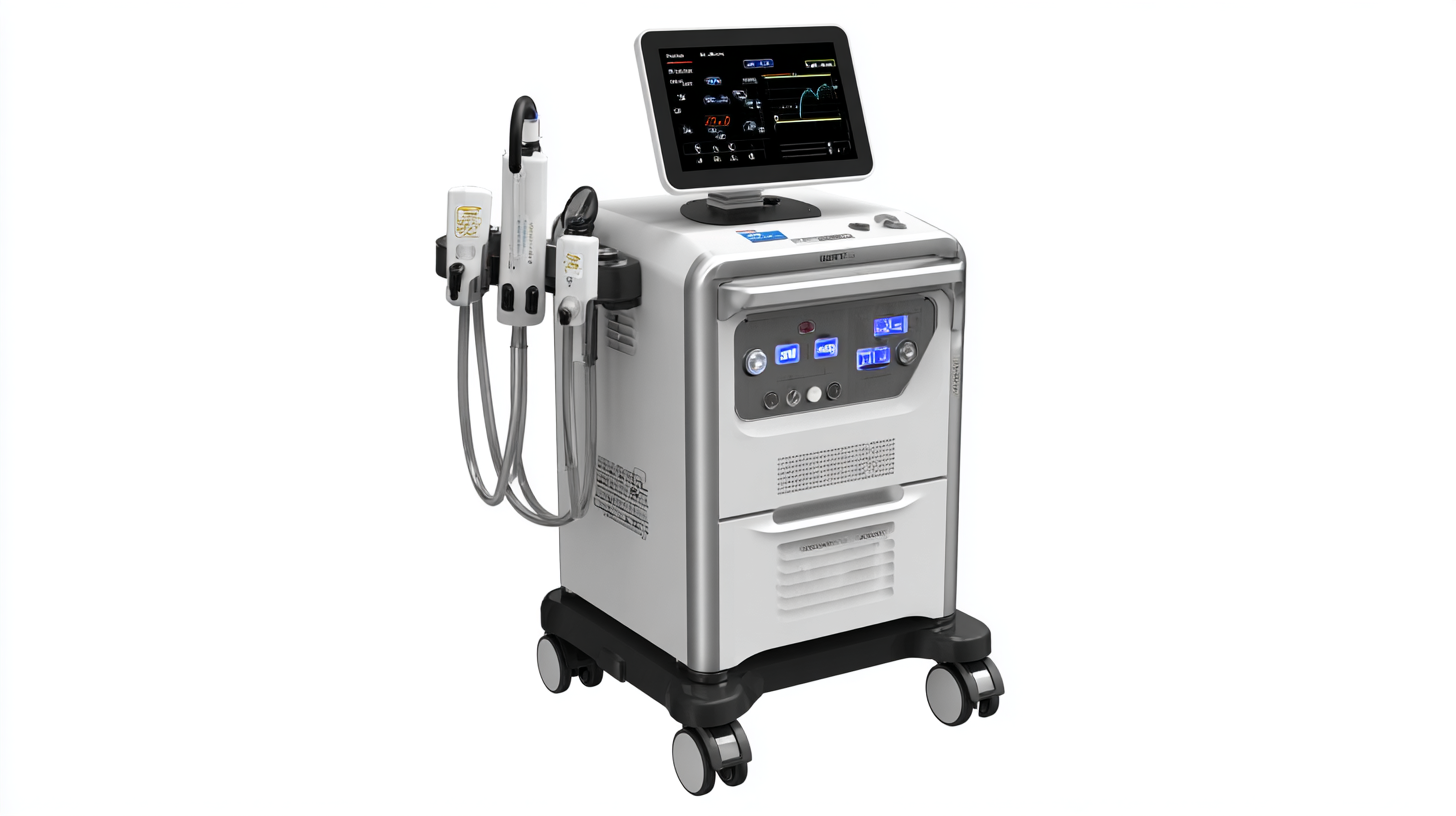
Additionally, the efficacy and safety of laser removal systems should not be overlooked. Recent studies emphasize the importance of using tailored treatments, combining laser technology with other methods like growth factor serums, to enhance results and improve skin recovery. As the market for energy-based devices evolves, it's vital for users to research and select machines that are clinically proven for their specific skin needs, ensuring both effectiveness and safety throughout the hair removal process.
Understanding Laser Technology: Types of Lasers and Their Applications in Hair and Tattoo Removal
Understanding laser technology is crucial when selecting the right machine for hair and tattoo removal. There are several types of lasers, each designed for specific applications. The most common types include Alexandrite lasers, Diode lasers, and Nd:YAG lasers. Alexandrite lasers are particularly effective for hair removal on lighter skin tones due to their unique wavelength that targets melanin. On the other hand, Nd:YAG lasers are versatile and can treat a broader spectrum of skin types, making them ideal for tattoo removal as well, especially on darker skin.
When choosing a laser machine, consider the target treatment areas and skin types of your clientele. According to a report from the American Society for Aesthetic Plastic Surgery, nearly 1.4 million laser hair removal procedures were performed in the U.S. in 2022, signifying the growing demand for effective and versatile laser technology.
Tips: When investing in a laser machine, ensure it includes features such as adjustable settings for different skin tones and hair types. Additionally, seek models with a proven track record, supported by clinical studies demonstrating their efficacy and safety. Familiarize yourself with the FDA clearance of the device, as such certification ensures compliance with industry standards.
Evaluating Machine Specifications: Wavelength, Pulse Duration, and Energy Density for Optimal Results
When choosing a laser removal machine, understanding the machine's specifications is crucial for meeting your specific needs. Three key factors to evaluate are wavelength, pulse duration, and energy density. The wavelength determines the type of tissue or pigment the laser can effectively target; for instance, different wavelengths are optimal for hair removal compared to tattoo removal. Therefore, ensure the machine you choose has the appropriate wavelength for the treatments you plan to offer.
Pulse duration is another critical specification, as it influences the precision and efficacy of the treatment. Shorter pulse durations are generally better for treating superficial skin conditions, while longer pulses can penetrate deeper tissues. When selecting a machine, consider what types of procedures you want to perform and match the pulse duration to those needs.
Tips: Always test the laser machine's settings on a small area before treating larger surfaces. This can help you gauge its effectiveness and make necessary adjustments. Additionally, look for a machine with adjustable energy density settings to tailor treatments based on individual client needs, ensuring the best results while minimizing discomfort.
Laser Removal Machine Specifications Comparison
Cost Analysis: Budgeting for Initial Investment and Ongoing Maintenance in Laser Removal Equipment
When considering the purchase of a laser removal machine, a thorough cost analysis is essential for budgeting both the initial investment and ongoing maintenance. The initial purchase cost can vary significantly depending on the type and features of the machine. Basic models might be more affordable, but investing in advanced technology with superior capabilities often leads to better results and higher client satisfaction in the long run. Therefore, it's crucial to gauge your specific needs and the expected return on investment (ROI) when selecting a machine.
Ongoing maintenance is another critical aspect of budgeting for laser removal equipment. Regular maintenance not only ensures optimal performance but also extends the machine's lifespan, preventing costly repairs and downtime. This includes routine checks and parts replacement, as well as training for your staff to operate the machine safely and effectively. By factoring in these ongoing costs, you can create a more accurate financial plan that accommodates both the initial outlay and the long-term operational expenses, ultimately making informed decisions that align with your business goals.
How to Effectively Choose the Right Laser Removal Machine for Your Needs
| Machine Type | Initial Investment ($) | Average Maintenance Cost/Year ($) | Treatment Speed (minutes per session) | Best For |
|---|---|---|---|---|
| Alexandrite Laser | 20,000 | 1,500 | 10 | Hair Removal |
| Diode Laser | 15,000 | 1,200 | 12 | Skin Rejuvenation |
| Nd:YAG Laser | 25,000 | 2,500 | 15 | Tattoo Removal |
| CO2 Laser | 30,000 | 3,000 | 20 | Skin Resurfacing |
Regulatory Standards: Ensuring Compliance and Safety in the Use of Laser Removal Machines
When selecting a laser removal machine, understanding regulatory standards is crucial for ensuring compliance and safety. Different regions may have specific guidelines governing the use of laser equipment, which often include manufacturer certifications, operational protocols, and maintenance checks. It’s essential to familiarize yourself with the local regulations pertaining to laser safety to avoid legal issues and safeguard both practitioners and clients.
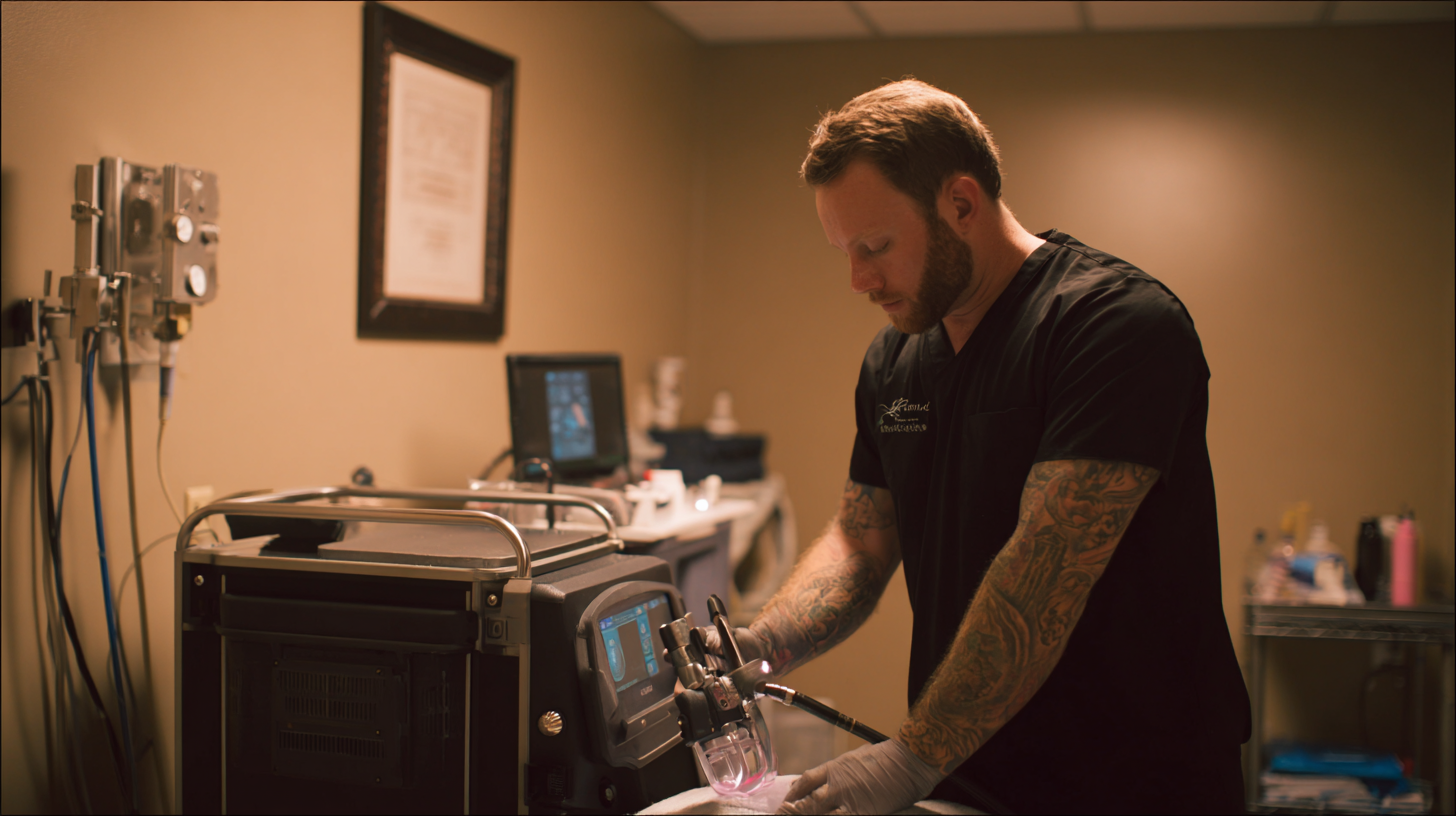
Tips: Always verify that the equipment you are considering meets the necessary regulatory standards. Check for relevant certifications from recognized authorities and ensure the machine has been tested for safety and efficacy. Additionally, invest in proper training for operators to comply with operational guidelines, which will minimize risks associated with improper use.
Furthermore, consider the importance of ongoing safety assessments. Regular audits and updates to operational practices should be part of your protocol once the machine is in use. Establish clear procedures for monitoring equipment performance and addressing any safety concerns promptly. Adhering to these regulatory standards not only protects users but also enhances the quality of service provided to clients.
Tips: Schedule routine safety training for staff and incorporate regular reviews of compliance with safety protocols. This proactive approach not only fosters trust with your clients but also promotes a safe working environment for everyone involved.
Related Posts
-
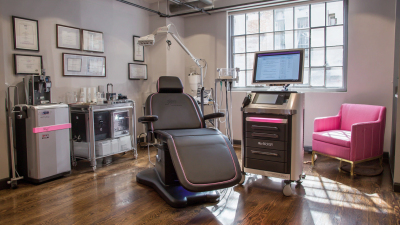
How to Choose the Right Laser Removal Machine for Your Business Needs
-

Understanding the Fundamentals of Laser Tattoo Removal Machines: A Comprehensive Guide
-
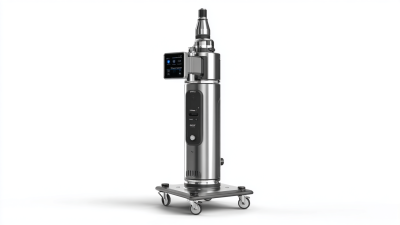
How to Effectively Choose a Laser Tattoo Removal Machine: Insights from Industry Experts and Statistics
-
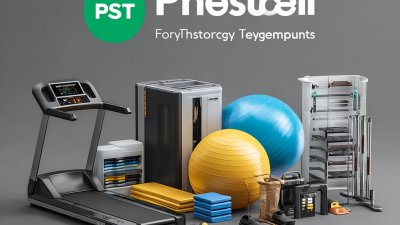
Exploring the Future of Best Physical Therapy Equipments Trends in 2025
-

Understanding the Benefits of the Pico Laser Machine for Skin Rejuvenation
-
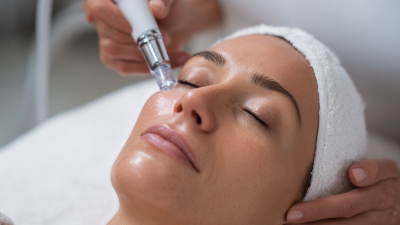
How to Maximize Your Skincare Routine with an Oxygen Jet Machine
